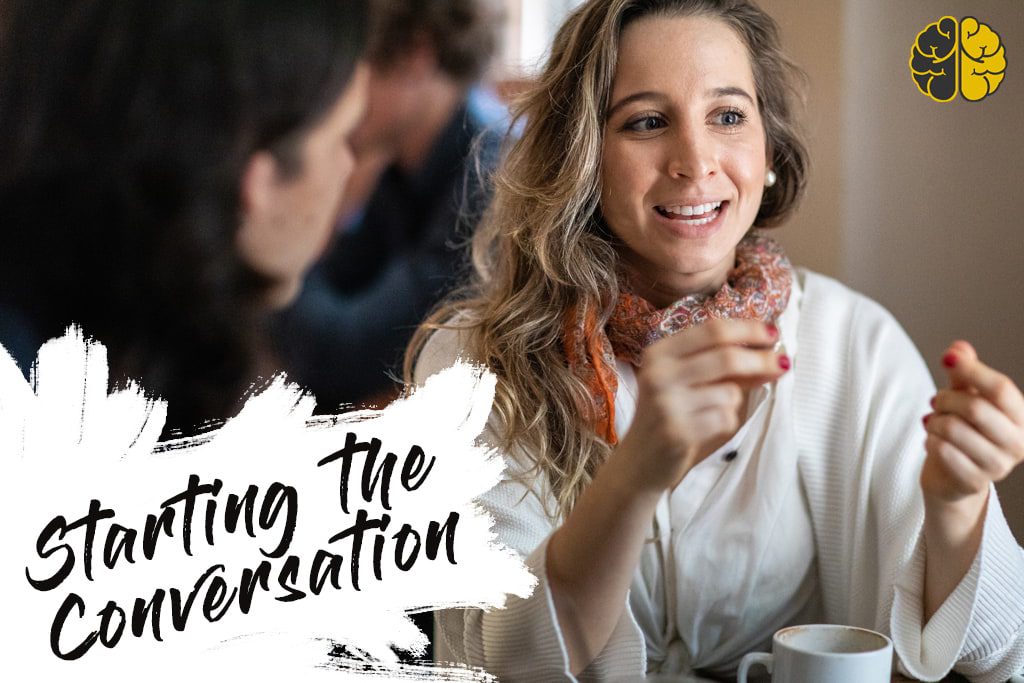Your relationship with a client is a lifelong conversation.
Unless you start that conversation with screaming. Or a tantrum. Or you look like you’re desperate for attention.
Good conversations start with the “help first” ethos: You find someone who needs help. You offer that help. You keep offering it until the person commits to you.
In a romantic relationship, you might start the conversation with, “Hi, my name is Ellen.”
In a transactional relationship, you start a conversation with “I think I can help … .”
Here’s how to do it, step by step.
“Let’s Talk”
- Clearly identify your audience. Your service will never be for everyone. You don’t want it to be for everyone. Who is your dream client? Describe that person. If you already have clients in your gym, follow the Pumpkin Plan. If you don’t, make up your perfect avatars. We’re going to duplicate them.
- Follow your audience around. Where do they go for coffee? What do they eat after the gym? How many kids do they have? Which social platforms do they use? Where do your avatars congregate? (You don’t have to be a stalker. It’s also OK to take them for lunch and just ask them. That’s what I do.)
- Find the top questions your avatars are asking. If your top client is in a Facebook group for moms, what are the key topics of conversation in there? If your avatar plays professional baseball, what does he talk about in the locker room or in the dugout? Find problems to solve and you’ll always have an audience.
- Publish solutions to your avatar’s problems. Put them on your website. Write them on a blog. Record them on video. Share them where your avatars and audience will see them. If your solutions are good, you’ll build an audience. If you can build an audience, you’re set for life.
Content and Conversations
Here’s how I use the steps listed above: “Be Expensive or Be Free.”
How to start producing media in your gym: Two-Brain Radio.
Sometimes, I’ll identify a particular need that people in my community have.
For example, during the COVID Crisis, I realized that a lot of people in my city were homebound. So I produced a high-quality booklet (aka, a “lead magnet”) on training and home and mindset, and I traded that for their email addresses. I wanted the addresses so I could continue the conversation—not so I could spam them or pump “sales letters” into their inbox. I’ll tell you about “love letters” in the next post in this series.
Learn about Lead Magnets here: Two-Brain Radio.
Why you can’t just run ads all the time: Two-Brain Radio.
Your introduction frames your conversation. Your conversations with potential clients frame your relationships with them forever. If you attract their attention with things of substance—useful help, meaningful motivation—you’ll earn their trust. If you attract their attention with fleeting giveaways and discounts, you’ll earn a fleeting client.
You’re playing a long-term game. Let’s have long-term conversations.
In the next installment, I’ll tell you how to have conversations that last for years.
Other Media in This Series
The Catchiest Title of All Time (Content Marketing)
Newletters Are Dead (Here’s the Replacement)
Content Marketing: “This Is Working!”

